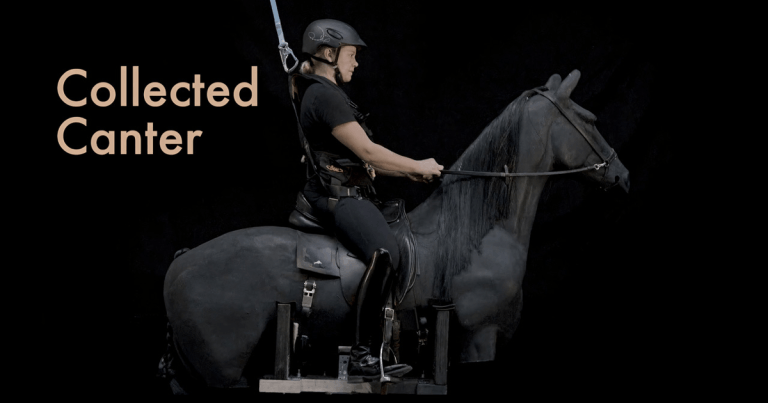11 Nov 2021
The simulator, developed through engineering science from the Lappeenranta-Lahti University of Technology in Finland, will be revealed at Saddle Research Trust’s 4th International Conference.

A horseriding simulator developed using engineering science will be unveiled at the Saddle Research Trust’s 4th International Conference on 11 December.
In the first of four conference sessions, entitled “Applying the science”, Heikki Handroos, from the Lappeenranta-Lahti University of Technology Department of Mechanical Engineering in Finland, will present the most important outcomes of the “Horzim Project” to show how engineering science has been applied to develop the next generation horseback riding simulator.
Prof Handroos said: “This realistic horseback riding simulator can benefit riders with different skills in many ways. Beginners can learn how to sit on the saddle during the basic gaits before starting to ride a real horse, which reduces injury risk and improves the horse welfare.
“The simulator can also carry heavier riders to help them to access the hobby with reduced welfare risks. For more advanced riders, the technology will enable them to practise and enhance their skills as often as they wish.”
The high-performance novel robotic motion platform has been designed to provide the necessary motion capabilities for the simulator in all gaits, including jumping.
The groundbreaking advance from previous generations of simulator is the extended, freely programmable motion capability that provides a real-life learning tool for riders by making it possible to replicate the actual motion of real, individual horses.
The current test simulator is programmed with motions that were measured from advanced level dressage and showjumping horses while being ridden by advanced riders.
Details of the conference are available online.